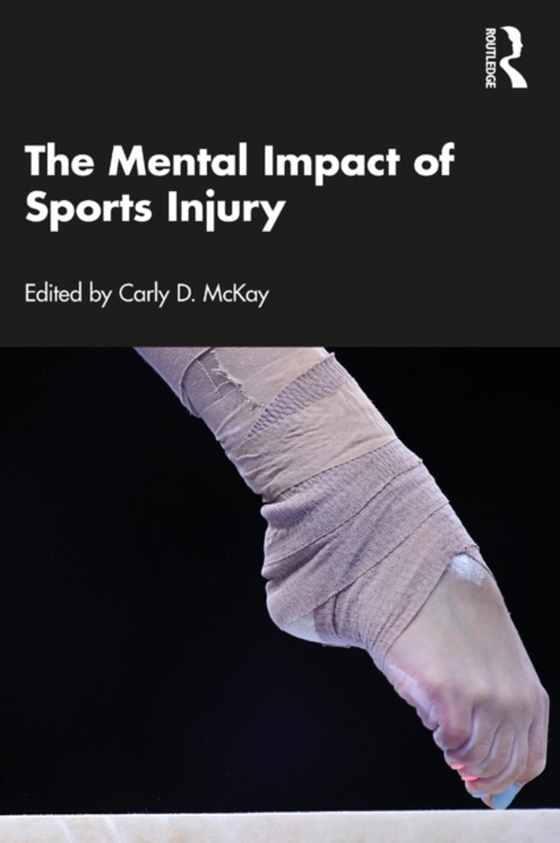
Mental Impact of Sports Injury e-bog
322,59 DKK
(inkl. moms 403,24 DKK)
Much is known about the physical strain that athletes' bodies are subjected to and the dangerous aspects of competition immediately spring to mind. But why do athletes train the way they do, and why do they push the limits? Why do some recover well from injury while others struggle? Despite decades of medical and sport science research, a piece has been missing from this picture. Until recently...
E-bog
322,59 DKK
Forlag
Routledge
Udgivet
30 december 2021
Længde
232 sider
Genrer
WSDP
Sprog
English
Format
epub
Beskyttelse
LCP
ISBN
9781000512120
Much is known about the physical strain that athletes' bodies are subjected to and the dangerous aspects of competition immediately spring to mind. But why do athletes train the way they do, and why do they push the limits? Why do some recover well from injury while others struggle? Despite decades of medical and sport science research, a piece has been missing from this picture. Until recently, the role of psychological factors in risk and rehabilitation has been poorly understood. Thankfully, there is increasing awareness of just how crucial these factors can be for predicting injury, improving recovery, developing prevention strategies, and supporting athletes' long-term health. Yet, research in this area is still in its infancy and it can be difficult to synthesize an ever-growing body of knowledge into practical injury management approaches.Using analogies from everyday life, The Mental Impact of Sports Injury bridges the gap between academic research and practical settings in an informative, yet easy to follow guide to the psychology of sports injury. Addressing risk, rehabilitation, and prevention, it outlines key considerations for researchers and practitioners across all levels of sport. Alongside the fundamentals of injury psychology, emerging areas of importance are also discussed, including training load monitoring and the technological advances that are shaping modern sport medicine. Targeted examples highlight the challenges of preventing and managing injury in grassroots, elite, and professional contexts, with chapters dedicated to the under-served communities of youth and Para sport athletes. Stepping away from traditional texts, this unique book presents the landmark literature, major concepts, and athlete insights into sports injury psychology from a totally new perspective.
 Dansk
Dansk

